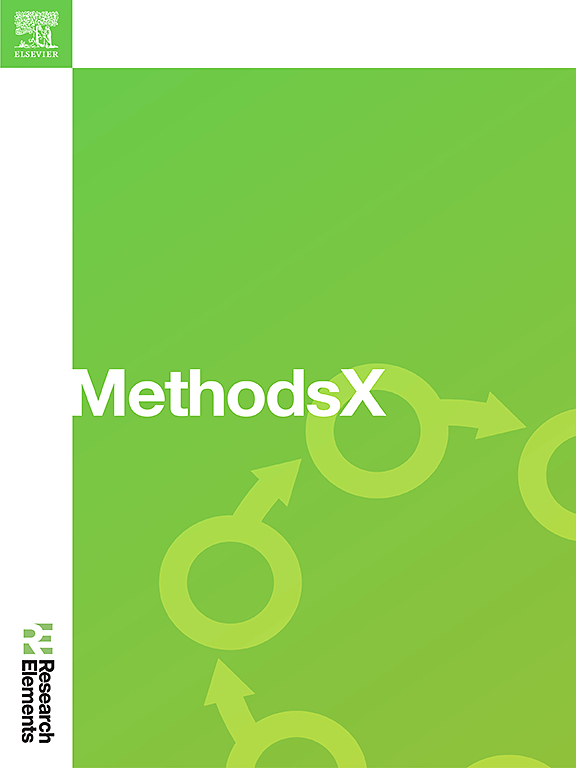A two-step machine learning approach for predictive maintenance and anomaly detection in environmental sensor systems
IF 1.6
Q2 MULTIDISCIPLINARY SCIENCES
引用次数: 0
Abstract
Environmental sensor systems are essential for monitoring infrastructure and environmental quality but are prone to unreliability caused by sensor faults and environmental anomalies. Using Environmental Sensor Telemetry Data, this study introduces a novel methodology that combines unsupervised and supervised machine learning approaches to detect anomalies and predict sensor failures. The dataset consisted of sensor readings such as temperature, humidity, CO, LPG, and smoke, with no class labels available. This research is novel in seamlessly blending unsupervised anomaly detection using Isolation Forest to create labels for data points that were previously unlabeled. Finally, these generated labels were used to train the supervised learning models such as Random Forest, Neural Network (MLP Classifier), and AdaBoost to predict anomalies in new sensor data as soon as it gets recorded. The models confirmed the proposed framework's accuracy, whereas Random Forest 99.93 %, Neural Network 99.05 %, and AdaBoost 98.04 % validated the effectiveness of the suggested framework. Such an approach addresses a critical gap, transforming raw, unlabeled IoT sensor data into actionable insights for predictive maintenance. This methodology provides a scalable and robust real-time anomaly detection and sensor fault prediction methodology that greatly enhances the reliability of the environmental monitoring systems and advances the intelligent infrastructure management.
- •Combines Isolation Forest for anomaly labeling and supervised models for anomaly prediction.
- •Scalable and adaptable for diverse IoT applications for environmental monitoring.
- •Provides actionable insights through anomaly visualization, revealing patterns in sensor performance.

求助全文
约1分钟内获得全文
求助全文
来源期刊

MethodsX
Health Professions-Medical Laboratory Technology
CiteScore
3.60
自引率
5.30%
发文量
314
审稿时长
7 weeks
期刊介绍:
 求助内容:
求助内容: 应助结果提醒方式:
应助结果提醒方式:


